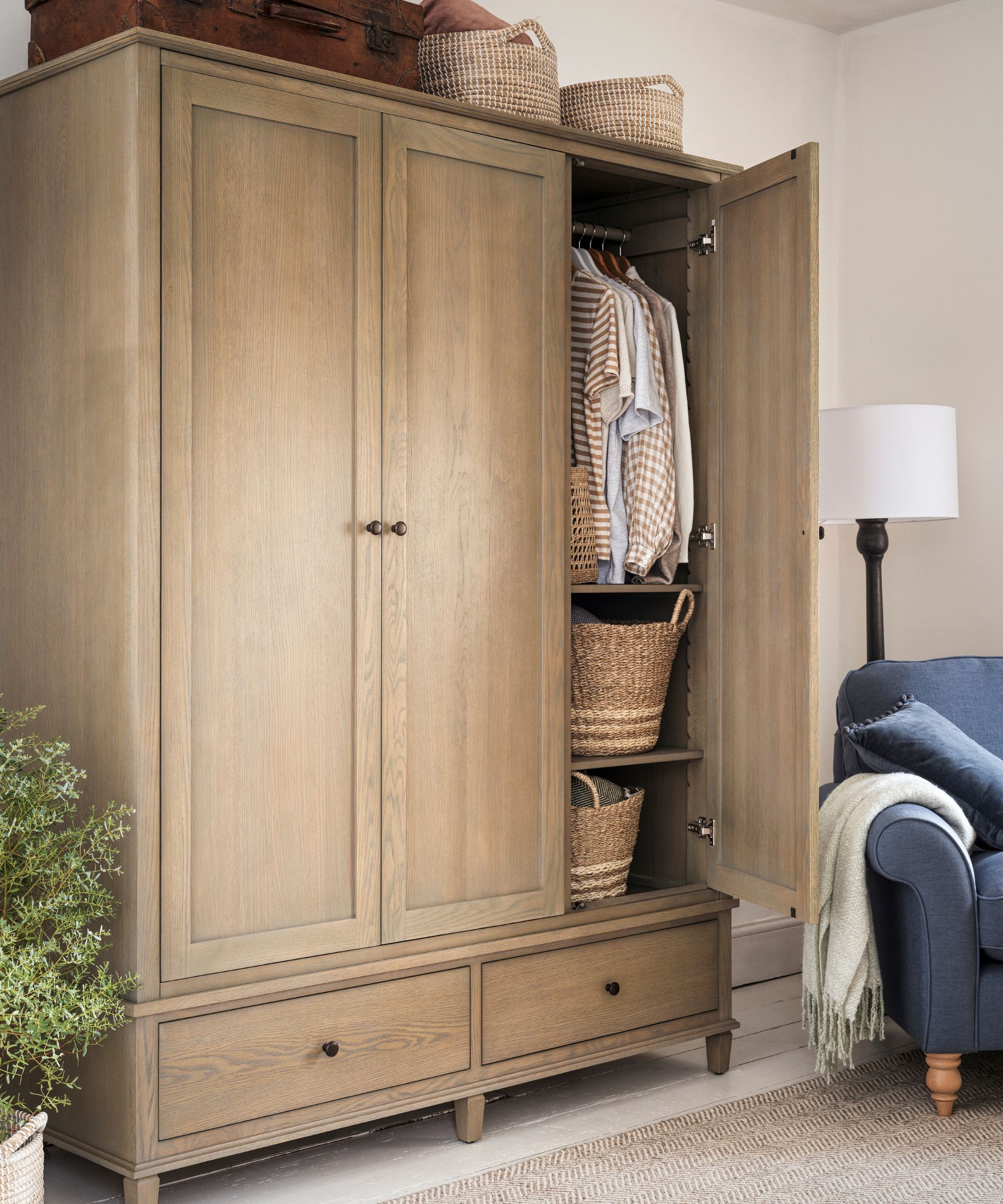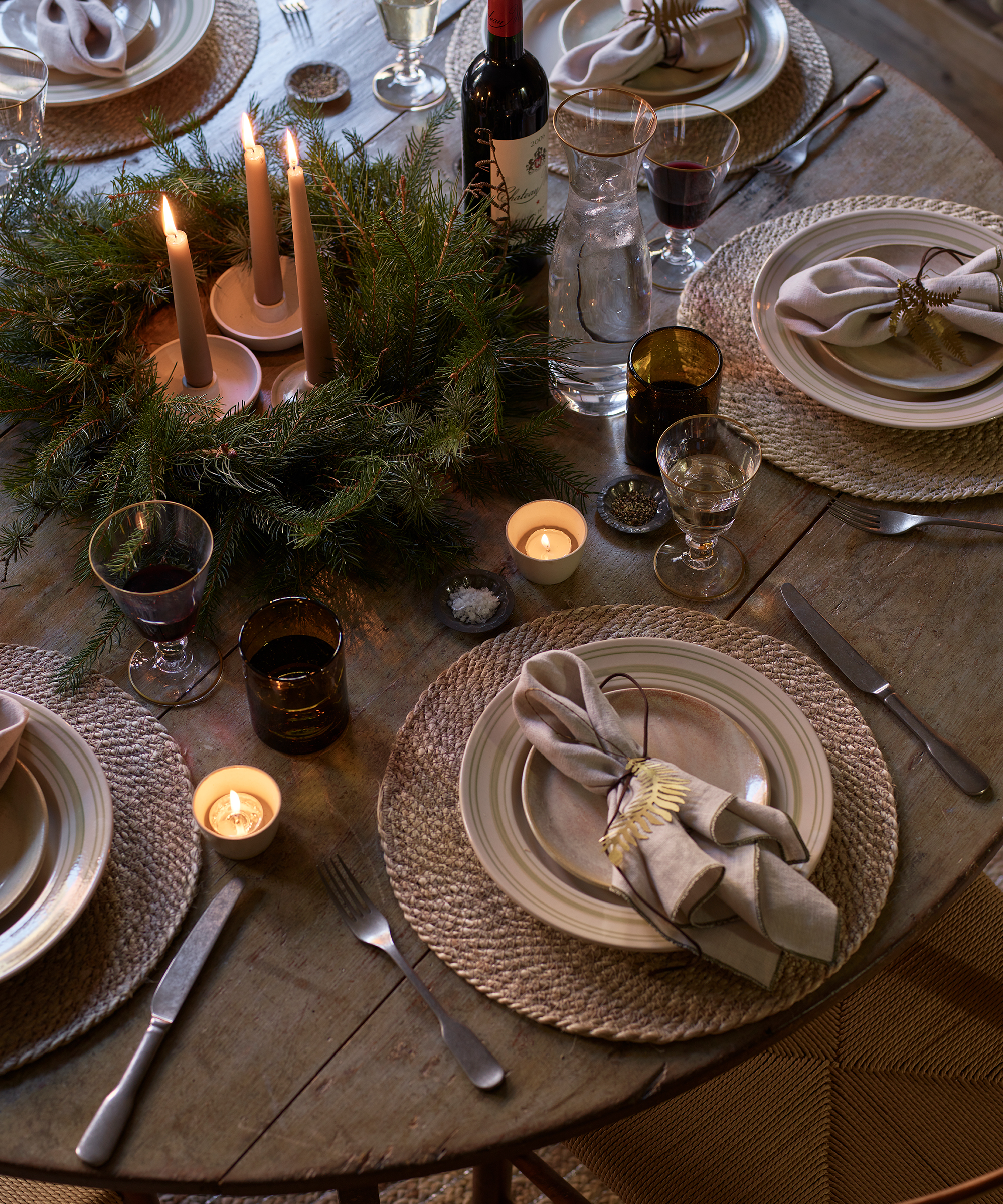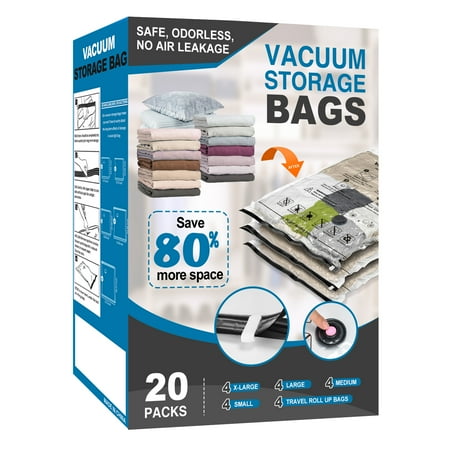5 seasonal items you should always clean before storing – cleaning experts reveal it's crucial for preventing mold, musty odors, and pests
It’s a must to keep them safe, experts warn


Did you know that there are some seasonal items you should always clean before storing them away?
When the weather heats up in spring and cools down in fall, we want to swap out any redundant items quickly, but neglecting to clean them first could result in musty smells, mold damage or pests.
Here, professional cleaners and home organizers have shared cleaning tips for the five items you should always freshen up before putting them away to keep your seasonal storage spots fresh.
Seasonal items you should always clean before storing
1. Duvets, blankets, and bedding

Washing bed linens before storage will ensure they last longer.
Washing a comforter or duvet regularly is essential for warding off a build up of stains, allergens, and musty odors – but it is also essential before putting them into seasonal storage. This includes any blankets, pillows, and your best bed sheets, too.
Aminah Vieira, of InspireClean, explains, ‘Always wash them according to their care instructions and laundry symbols before storing them away for the months ahead. A helpful tip is to avoid vacuum-sealed bags [such as these cotton blanket bags from Target] for natural materials like down and feathers, and instead use cotton storage bags that allow items to breathe while protecting them from dust and moths.’
When washing bed sheets for seasonal storage, opt for a gentle detergent, such as the Attitude natural detergent liquid, available at Walmart. Approved by the Environmental Working Group, this detergent is free from harsh chemicals and fragrances, making it gentle on fabrics and your skin.
2. Shoes and clothing

This rule mainly applies if you have seasonal storage for your clothing, and don't opt to keep everything in your closet at once.
The number one rule for long-term clothes storage is always to wash them first, Aminah continues.
Design expertise in your inbox – from inspiring decorating ideas and beautiful celebrity homes to practical gardening advice and shopping round-ups.
Shoes, boots, and coats should be thoroughly cleaned before being put away for the season, especially after winter. Salts can cause permanent damage to leather if it is left untreated for months.
‘For clothing, make sure everything is professionally cleaned or properly washed at home, as invisible food particles or body oils can attract insects and moths during storage. After doing laundry, only put your clothes and boots in sealed plastic containers or garment bags if they are totally dry, so you don’t accidentally trap moisture. Breathable storage with pest deterrents like cedar or lavender can be the best way to store them instead.’ This pack of 36 cedar blocks from Walmart is ideal for keeping moths away from clothing, both in storage and your closet.
Keep in mind when storing away summer clothes and shoes, that they are one of the many categories that you should never store in cardboard to keep them safe from moisture and pests. When you are tight on space, large vacuum compression bags from Target, are your best bet.
3. Seasonal sports equipment

You can store seasonal sports equipment out of the way in the garage, so long as it is in pest-proof containers.
As the weather changes, so too do our outdoor habits. If you partake in any seasonal sports, don’t neglect your equipment in the off-season.
For the winter to spring transition, Aminah says, ‘Skis and snowboards should be thoroughly cleaned, dried, and given a proper wax coating before you put them into summer storage to prevent the base materials from drying out.
'For boots and bindings, wipe them clean of salt and grime, and make sure they're completely dry before they go away. Choose where you store them carefully, as attics can get very hot, so consider keeping them in a garage or an under-stairs cabinet so they don’t degrade or warp.’
The same goes for spring and summer equipment and tools. Get rid of stubborn summer stains and smells by cleaning pollen stains, removing mud, and tackling grass stains before putting items in appropriate storage. For boots and shoes, breathable storage containers can help prevent awful musty odors.
I swear by the BootBuddy Shoe and Boot Cleaner Brush, available at Amazon, to quickly clean off hiking boots and sports shoes after use to always keep them looking their best. It's small and portable, too, making it ideal for keeping in the car or in a sports bag.
4. Pool tools and accessories

Pool tools and toys are especially susceptible to damage if left dirty in storage.
Hiding pool equipment is an important part of the summer-to-fall transition, but be sure to thoroughly clean everything first to prevent damage and ensure everything is ready to go come springtime.
When winterizing a house, Jeremy Yamaguchi, CEO at pool experts Cabana, says, ‘You should always clean your pool floaties and toys before storing them away. Moisture is a big reason for this – when you store wet items, it can lead to mold growth. Additionally, these kinds of items are subjected to pool chemicals, sunscreen, and dirt/pollen, so you want to clean all of that off to prevent the materials from degrading over time.’
This lockable, waterproof storage bin from Walmart is designed for patio furniture cushions, but can double up as a hidden storage spot for pool accessories through fall and winter. It also comes in four colors to blend into any yard.
5. Seasonal decorations

Gently clean delicate decor before storing it in a well-padded box or bag.
Whether you are packing away your winter decor and Christmas decorations, or setting your summer party decorations and spring tablescaping essentials to one side for the season, cleaning first is a must, says Nick Smith, founder, designer, and antiques expert at Smithers of Stamford.
He explains, ‘These items are left out for weeks, gathering up dust and sometimes even spills. Spot clean any dirty areas before putting them away. For bigger cloth items, a gentle hand wash or a load on your machine's lowest setting (if it's appropriate to the material) can work wonders.
'They need to be completely dry before putting them away. I've destroyed too many beautiful ornaments with mold because they weren't allowed to dry thoroughly before storage.’
For general decor and linens, a large plastic storage tote, such as the premier clear modular totes from The Container Store, is ideal. Consider padding them out with bubble wrap, from Walmart, to protect more delicate items.
For specific seasonal storage, you can invest in wreath bags from Target to keep seasonal hangings in shape year-round. Similarly, bauble bags with dividers, from Amazon, can keep Christmas or Easter decorations safe.
What to shop

Made from sturdy plastic, these transparent storage boxes make it easy to see exactly what is inside, so you do not have to dig through very box to find the item you need from seasonal storage. They also latch closed, protecting items from pests, and allowing you to stack them to save space.

Vacuum storage bags are perfect for saving space in seasonal storage while protecting items from pests and moisture. Ensure items are clean and dry before storage to prevent mold and musty smells.

Underbed storage is a great way to expand on your existing closet space, be it for storing your off-season items or offering a place for your bulkier pieces that need folding but take up too much space in dresser drawers. These bags on wheels make them easy to pull out quickly and access as needed.
FAQs
What is the best way to organize seasonal items?
When putting seasonal items in storage, consider using color-coded bins or labels to help you find exactly what you need when the seasons change again. Grouping items together, such as clothing, household linens, and decorations, in separate bins or storage spots will make them easier to access and dig through should you need any items before the weather changes again.
When putting your items in seasonal storage, be aware that there are some spaces you shouldn’t use for home storage, including several things you should not store in an attic, and things you should never store in your basement. This is to help avoid damage to items and pests in your home.

Chiana has been at Homes & Gardens for two years and is our resident 'queen' of non-toxic living. She spends most of her time producing content for the Solved section of the website, helping readers get the most out of their homes through clever decluttering, cleaning, and tidying tips. She was named one of Fixr's top home improvement journalists in 2024.